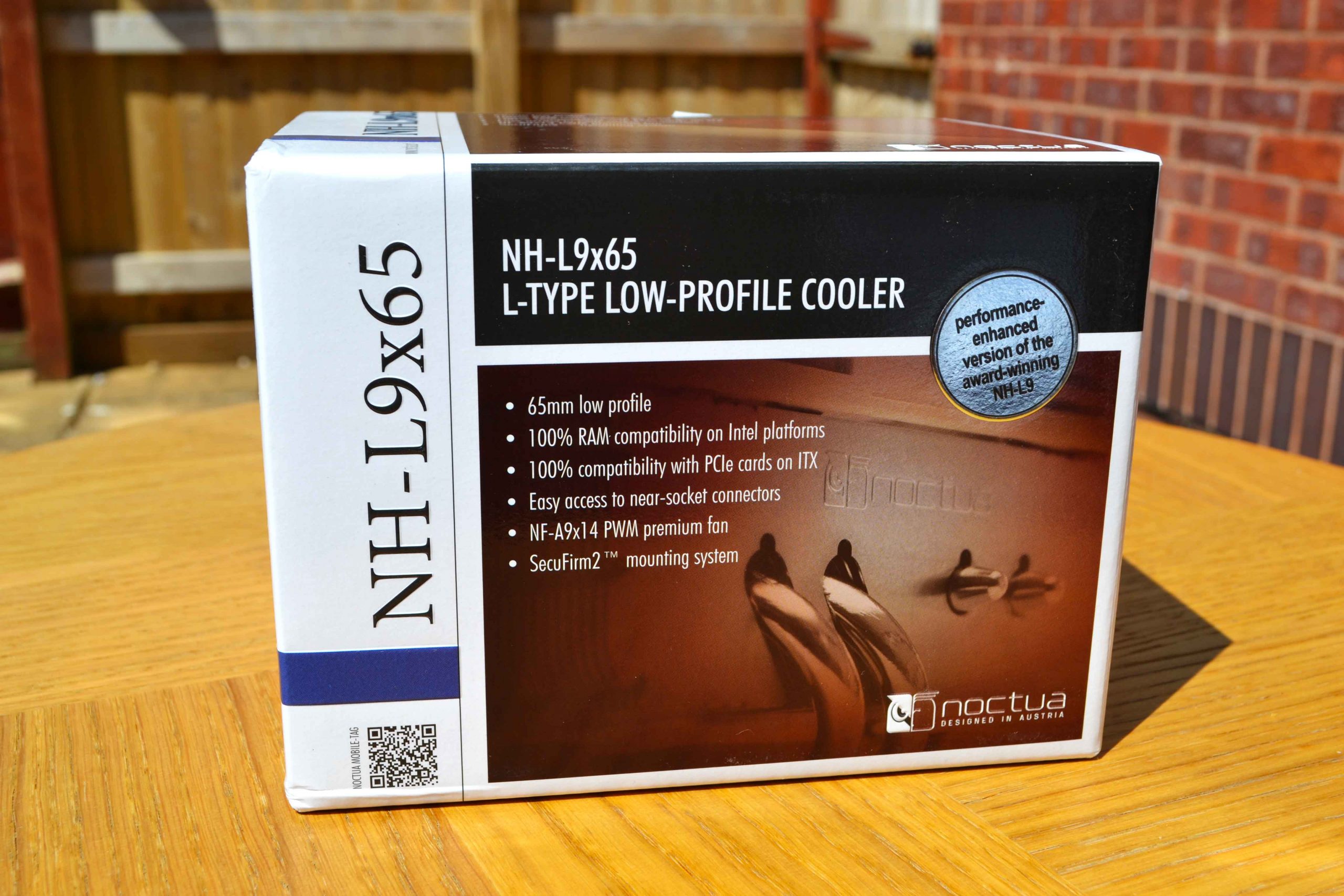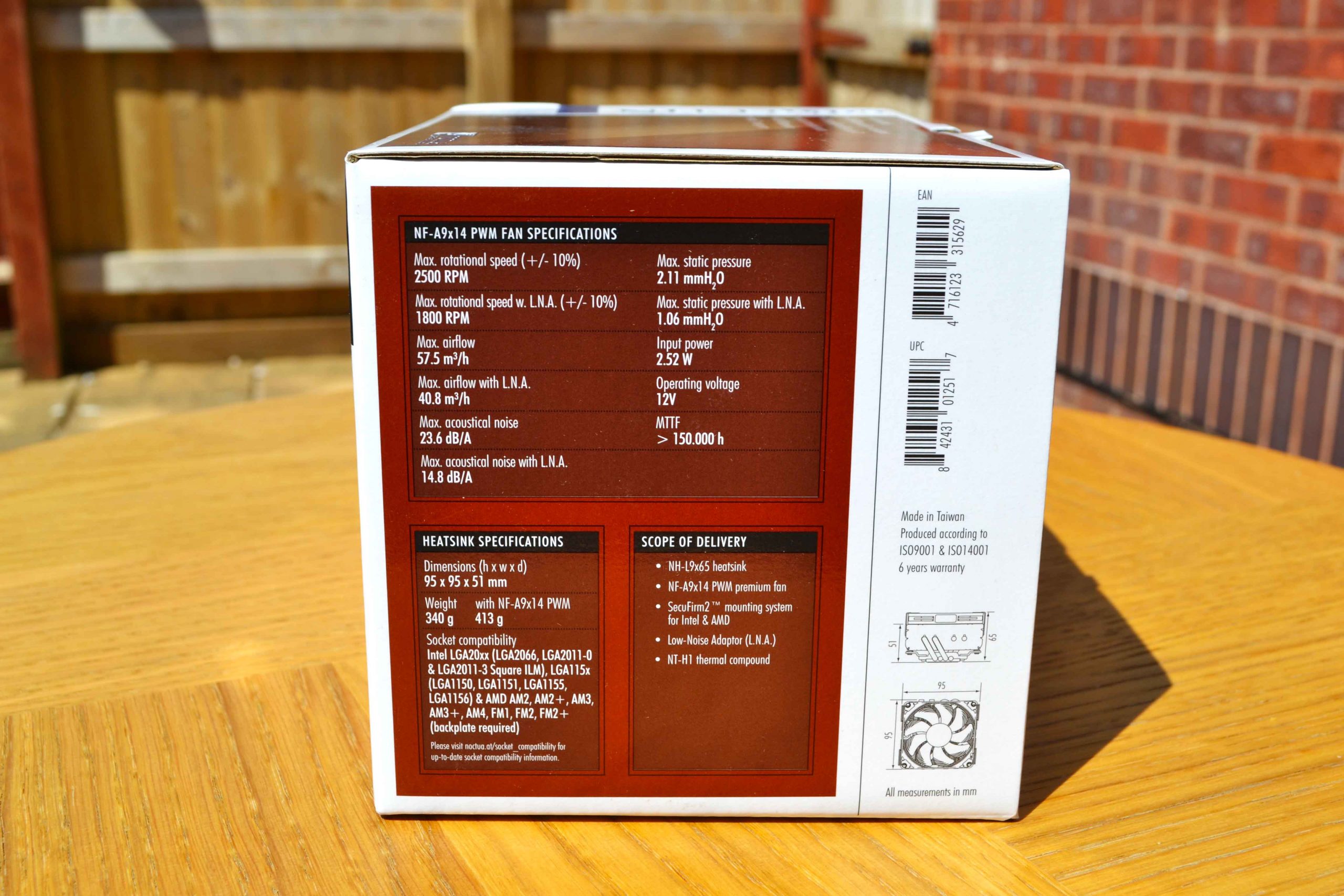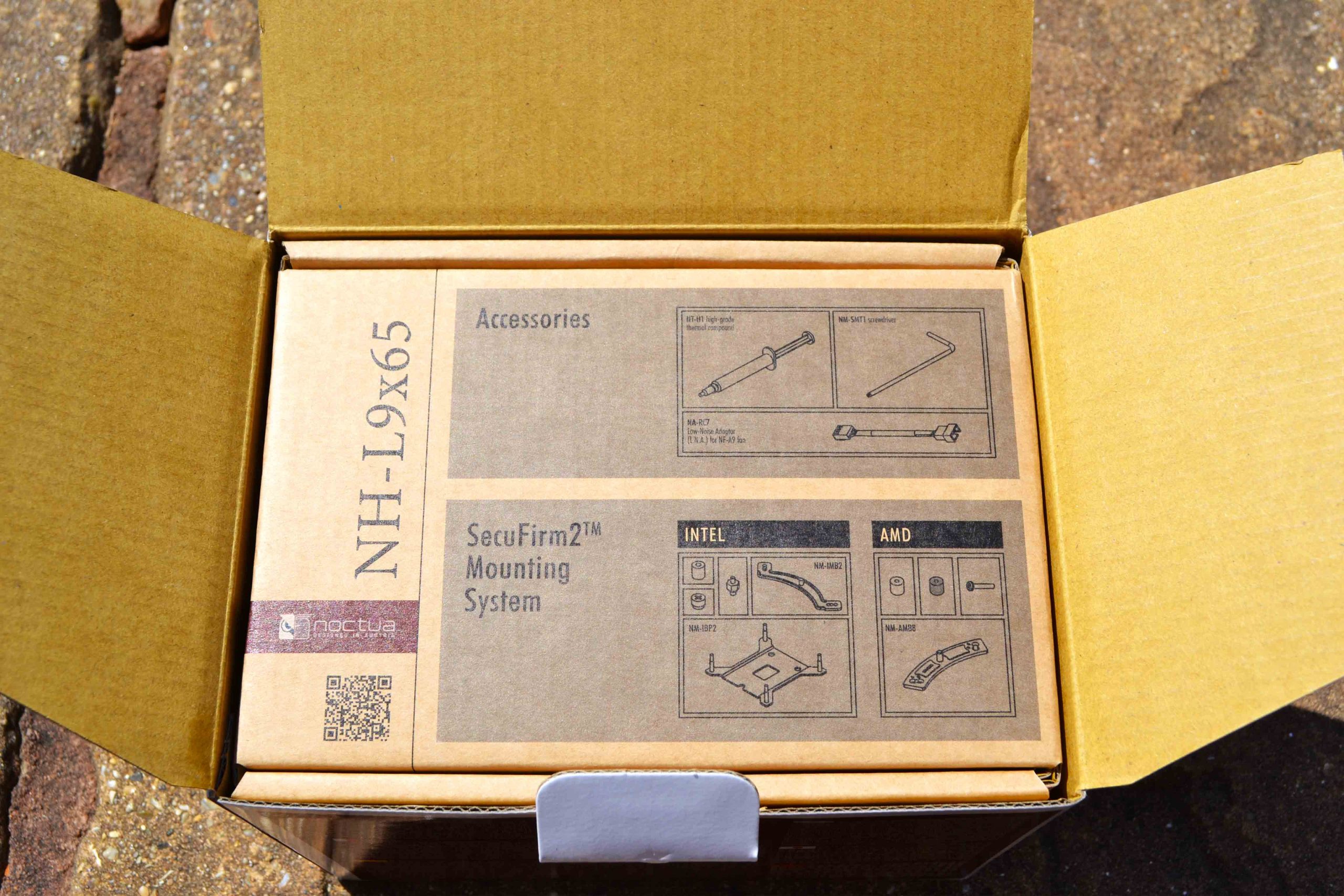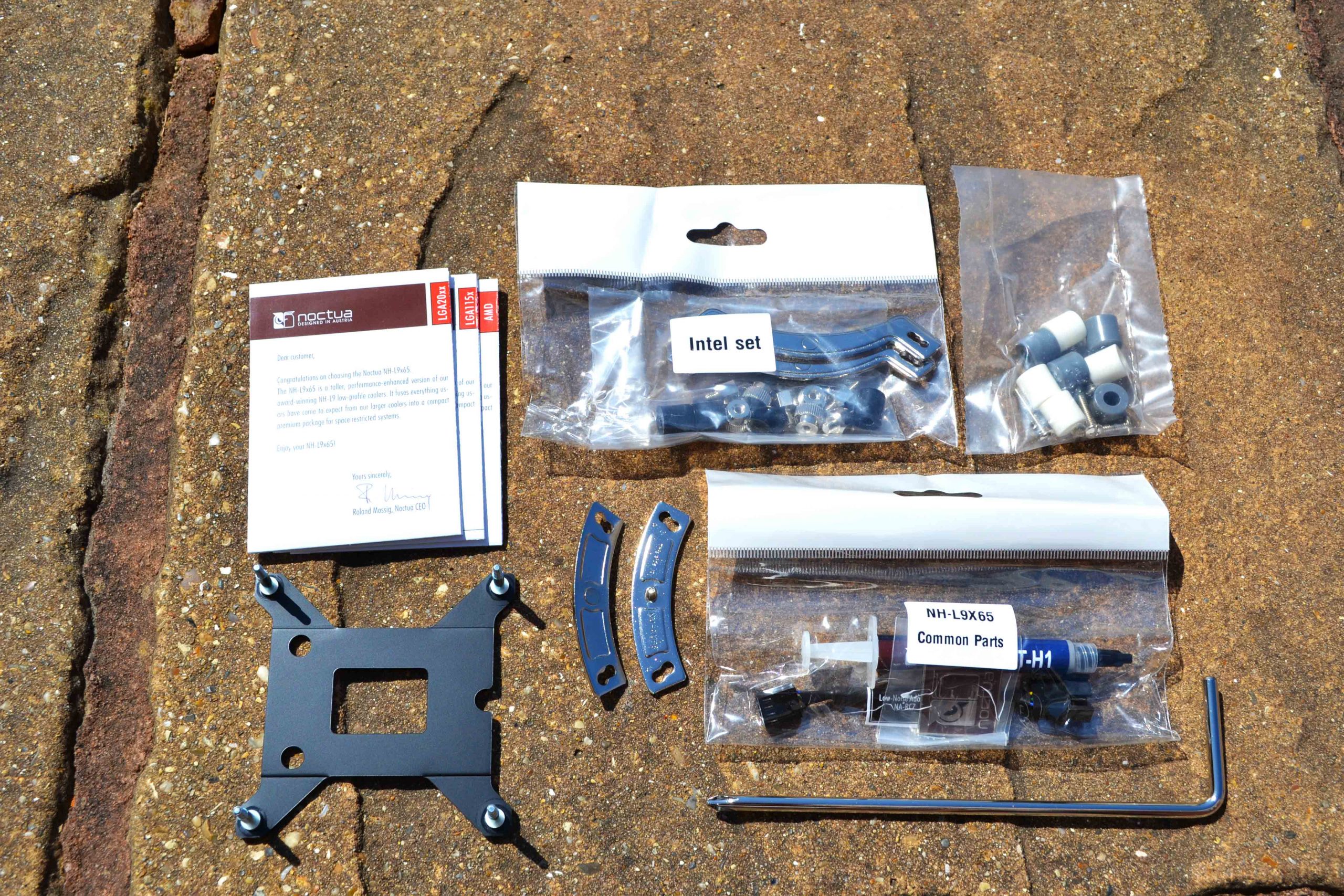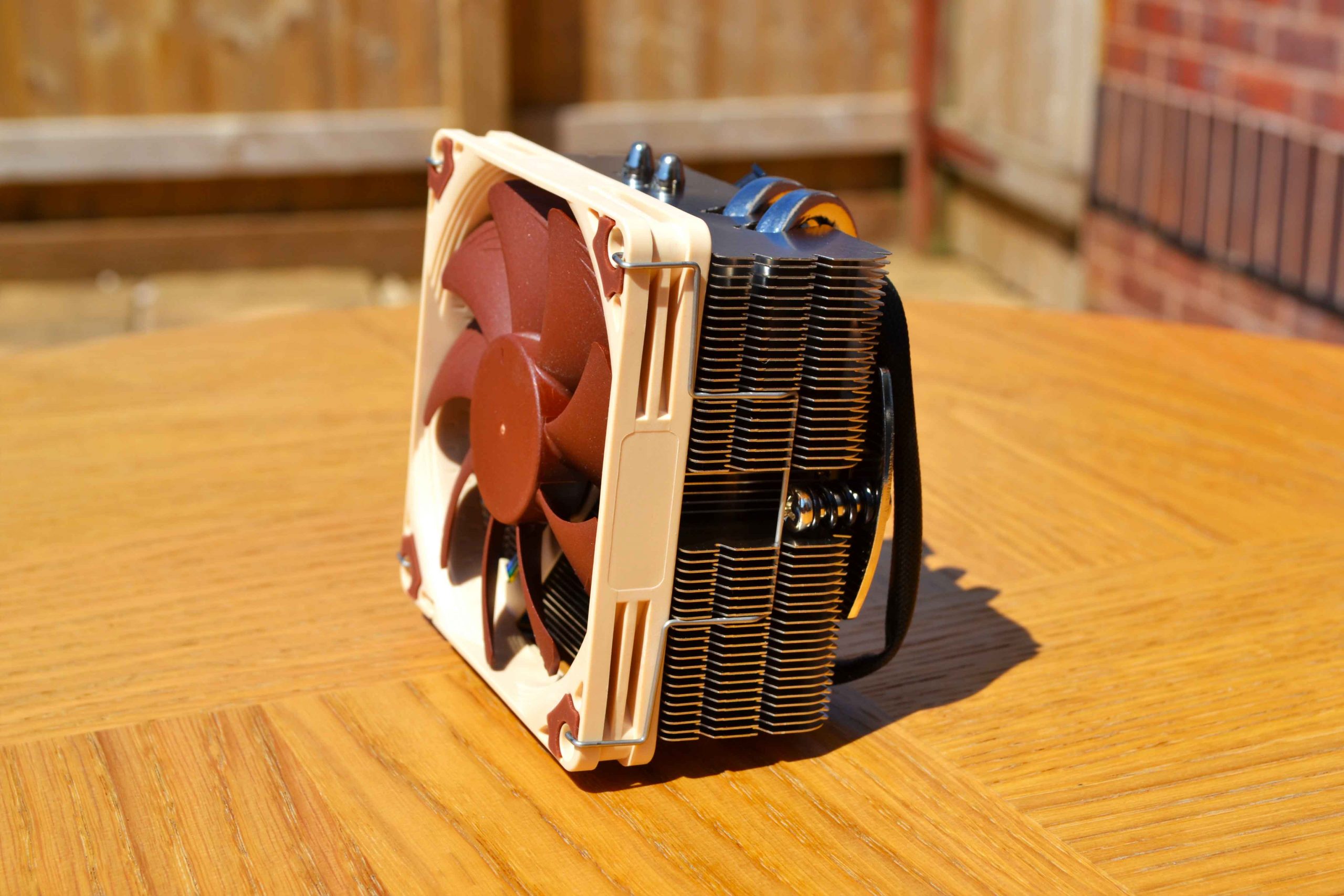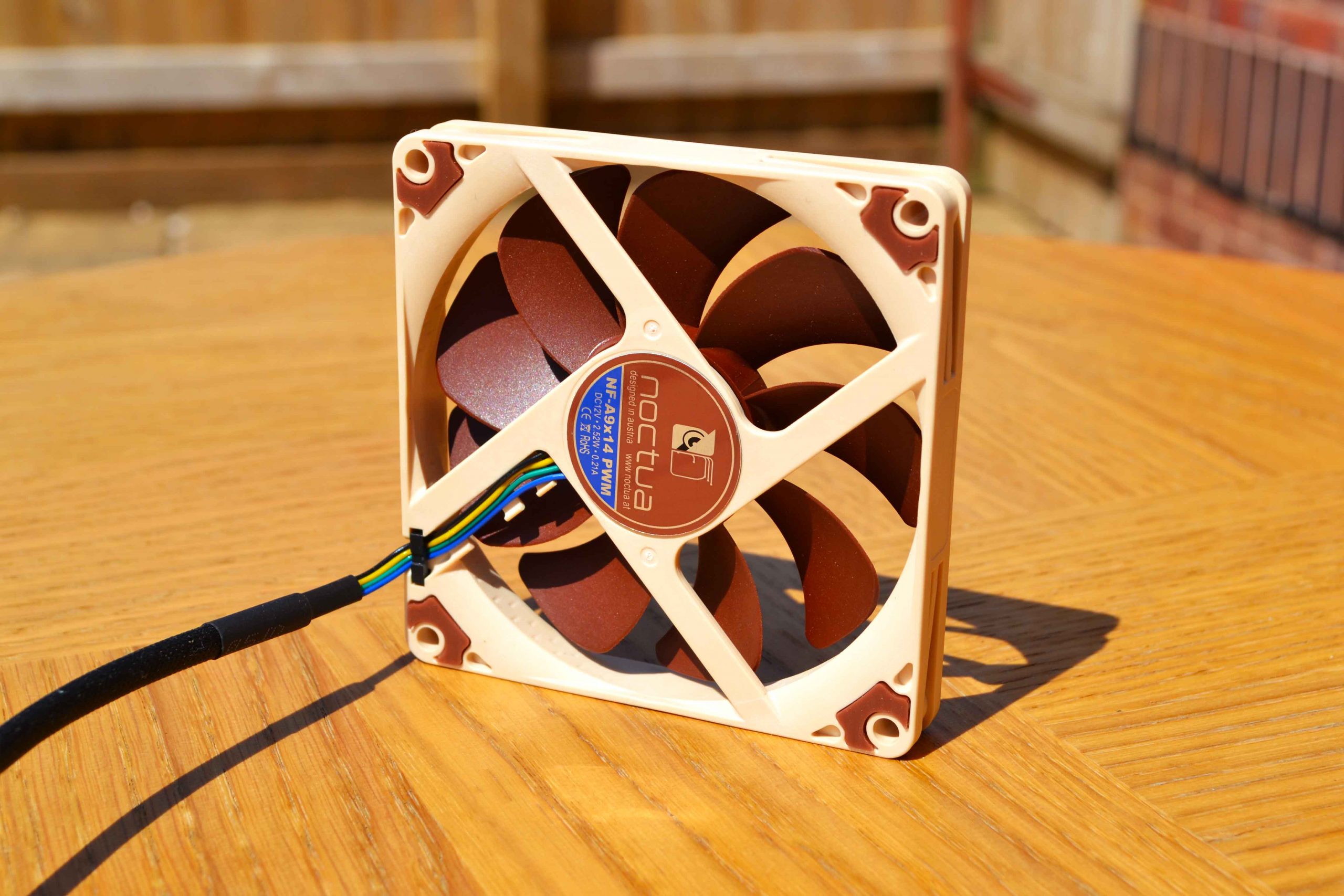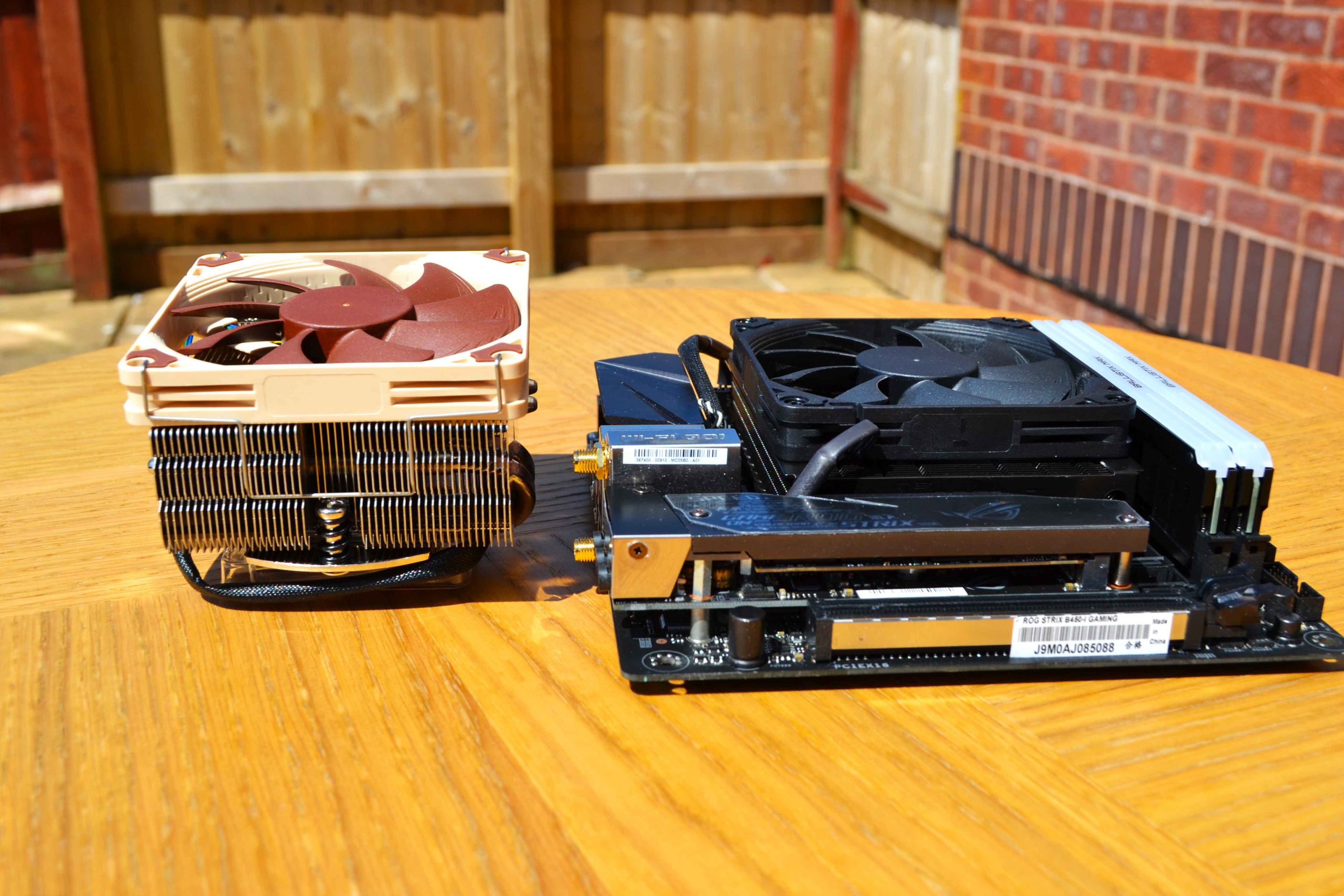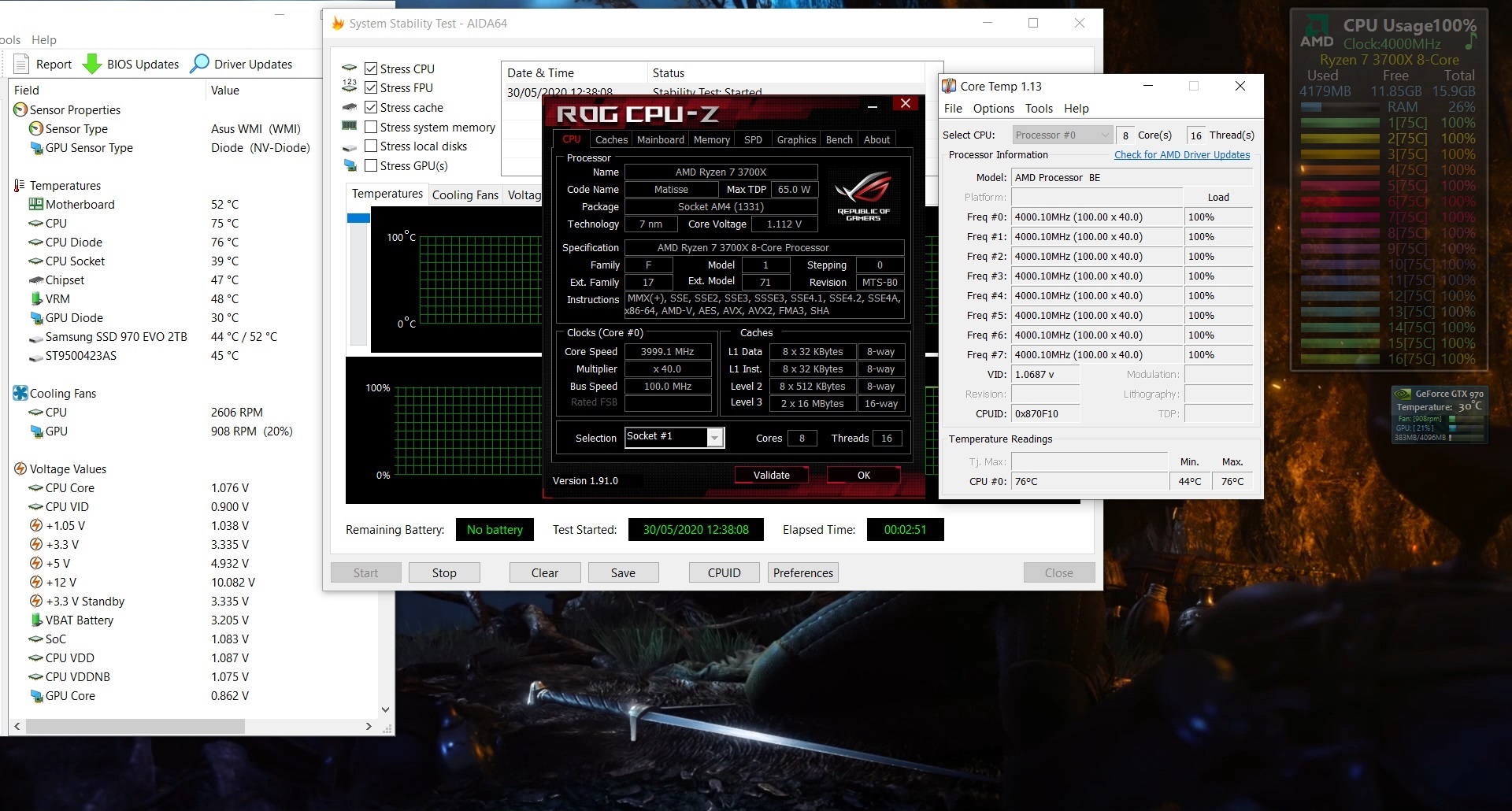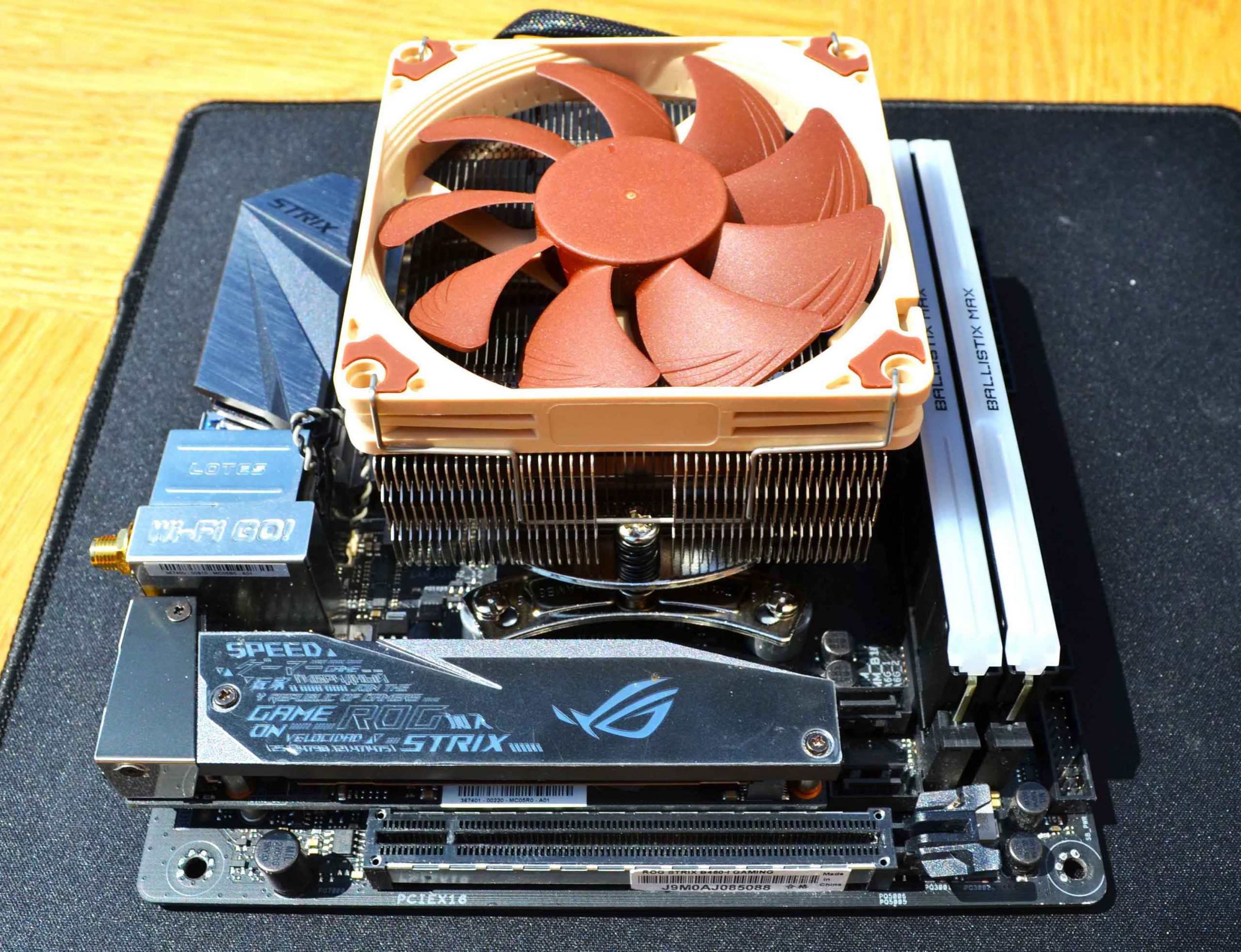
Noctua seems to have an answer for each category, price level and format. If you need something with a bit more oomph than the L9i/a low profile coolers, but want to maintain that ‘no interference’ footprint, then the L9x65 deserves your attention. It’s basically the bigger (as in taller) brother of the L9s, where the ‘x65’ denotes the height.
First about Noctua
Established in 2005, Noctua took international silent enthusiasts’ hearts by storm and quickly developed into one of the most acclaimed suppliers of premium quality quiet cooling products. Today, joker 123 is present in more than 30 countries across the globe and working with several hundred sales partners. Chosen by noise-conscious PC users, system integrators and industry clients alike, Noctua has become synonymous with impeccable quality, excellent customer service and class-leading quiet cooling performance.
Designed in Austria, Noctua’s premium cooling components are internationally renowned for their superb quietness, exceptional performance and thoroughgoing quality. Having received more than 6000 awards and recommendations from leading hardware websites and magazines, Noctua’s fans and heatsinks are serving hundreds of thousands of satisfied customers around the globe.
Prices and Availability
Price wise, the L9x65 costs as much as the L12S and the L9a/i which makes things a bit interesting. The L12S is by far the best cooling option out of the 3, while the L9a/i is one of the best low profile coolers you can get. So the L9x65 has tough competition within the brand with its $50 price tag.
Presentation and Specification
* Courtesy of their website.
The important bit to highlight is the TDP rating. The L9x65 can officially handle CPUs up to a value of 84W TDP (Thermal Design Power). This is an increase of +19W higher than the L9a/i so this will be very interesting to test the real-life temperature differences.
Visual Inspection
We have the same distinct packaging design as we have been accustomed to so far by Noctua. On the left we have the product name in a vertical orientation and then in the middle there is a list detailing the main highlights of the L9x65.
One of the sides harbours the full specs list for both the heatsink and fan and even the accessory list.
The opposite side presents all of the main product features in depth.
The accessory box is the first to greet us when we open the packaging.
Here is the complete list:
1x NF-A9x14 PWM premium fan (pre-installed)
1x Low-Noise Adaptor (L.N.A.)
1x NT-H1 high-grade thermal compound
1x SecuFirm2™ Mounting Kit (Intel & AMD)
1x Noctua Metal Case-Badge
1x Custom long Philips screwdriver
3x Booklets which cover all of the installation instructions
The Noctua NH-L9x65 as promised, is a very compact CPU cooler. It comes with the 92 mm A9x14 fan pre-attached.
The heatsink is composed of 4 nickel plated copper heatpipes which hold 50 aluminium fins. 7 of those fins are shorter to facilitate access to the securing bolts.
I will say it every time I review them, Noctua CPU coolers, when you look closely at the build quality, they are jewels ! No imperfections, every solder is on point and the nickle plating is very eye catching.
The contact plate is slightly convex and due to the milling process it doesn’t have a mirror finish.
As for the NF-A9x14 PWM 92mm slim fan, which is just 14 mm thick, it still incorporates all the bells and whistles an advanced technology that Noctua has developed along the years. The list is composed by: SSO2 bearing (which means the rear magnet is placed closer to the axis to provide even better stabilisation, precision and durability), custom-designed PWM IC with SCD (Smooth Commutation Drive which provides a smoother torque impulse, thus SCD suppresses PWM switching noises and makes the fan quieter at lower speeds).
The list continues with the AAO frame (Advanced Acoustic Optimisation) with integrated anti-vibration pads as well as Noctua’s proprietary Stepped Inlet Design and Inner Surface Microstructures, both of which further refine the fan’s performance/noise efficiency. Then the blades have Flow Acceleration Channels. By speeding up the airflow at the crucial outer blade regions, this measure reduces suction side flow separation and thus leads to better efficiency and lower vortex noise.
Before the installation process, here is the size perspective between the L9x65 and the L9a chromax.black.
Installation
The L9x65 can accommodate a lot of sockets even the LGA20xx from Intel. For our testing platform, based on AMD’s AM4 socket, the thing you need to have is the stock AMD AM4 motherboard backplate.
So with that out of the way, step one is to install the backplate and attach the grey spacers.
Then attach the AM4 brackets making sure you select the nr.4 marking on them and screw them into place.
The next step is to apply the thermal paste.
The final step is to screw down the heatsink which you even have enough space to do with the fan installed.
Don’t forget to plug the 4 pin PWM cable in the CPU port.
Now let’s check for any interference. Spot on for the RAM area. The heatpipes are nowhere near touching the memory modules.
The VRM area checks out as well. So as you can see the ‘zero-interference’ product statement is very true.
Testing methodology
- The AMD Ryzen 7 3700x CPU will be tested at the a pre-set spec of 4.0 GHz @ 1.075v because we want to see the temperature difference in regards with the other coolers. No OC here since the 3700x can’t even be tamed in stock form with these coolers - hence the exception
- As the main torture test, we will employ the AIDA64 and then some 3D benchmarks as well
- Room temperature was recorded at ~ 24°C
- For the noise testing, we used our Pyle PSPL01 placed 30 cm away from the setup - all other fans will will be off or set at minimum RPM
- Thermal paste used - Noctua NH-H1
- We will compare the results to other CPU air coolers close to its price/performance bracket
- All CPU fans will be left on the ‘standard’ auto % rpm curve to simulate real life usage patterns and no case fan is present
- We will do an extra test where we install a thicker 92 mm fan on the L9x65 to see if the bigger heatsink gives it an advantage when it receives more airflow
- Any results over 90° C in any condition are considered a fail
Competition CPU Coolers:
- Noctua NH-L12S - 120 mm
- Noctua NH-L9a - 92 mm
- AMD Wraith Spire LED RGB - 92 mm
Hardware used:
- CPU: AMD Ryzen 7 3700x AM4 - 8c/16t @ 4.0 GHz - 1.075v
- Motherboard: ASUS ROG STRIX B450-i Gaming mITX @ BIOS 3004 AGESA 1.0.0.4
- Boot SSD: Samsung M.2 970 PRO 2TB TLC
- PSU: Seasonic S12II 620W ATX
- Case: Sahara P35 Tempered Glass Mid Tower PC Gaming Case
- GPU: EVGA GTX 970 FTW+ ACX 2.0
- Extra 92 mm Noctua fan: Noctua NF-A9 PWM chromax.black.swap 2000 RPM
- Case fans 140 mm: Noiseblocker eLoop X-Series ARGB Black PWM - B14X-P 1500 RPM
- Case fans 120 mm: Noiseblocker eLoop X-Series ARGB Black PWM - B12X-P-BL 2000 RPM
Software:
- OS: Windows 10 Pro x64 Version 1909
- CPU-Z v1.91 - To verify the CPU’s and RAM’s statistics
- Aida64 Extreme v6.20 - Memory analysis and Benchmark suite
- Cinebench R15 – Popular CPU benchmark
- Cinebnech R20 - The new revised version optimized for the newer multi-core CPUs
- 3D/Game(s) - Rise Of The Tomb Raider is set at FHD, with everything at High quality settings, DX12, no V-Sync, no AA
- NVIDIA Drivers - 445.87
Testing, Results and Analysis
Let’s start in order of CPU load difficulty. First up is the Cinebench R15 test. Here we see the the L12S take a comfortable lead due to its larger 120 mm fan and of course bigger heatsink. The L9x65 takes second place with just 2 degrees overall better than the L9a. This is due to the taller heatsink favouring the L9x65.
The Cinebench R20 is a more modern up to date multi core benchmark suite. So naturally we will see a bigger load and thus a larger temperature figure than the R15. Here we have the same hierarchy. It was such a hot day of testing and that’s why we have such high numbers even at that small CPU voltage.
In AIDA64 we isolated the stress test just for the CPU therefore we should get the highest stress scenario for the CPU. Mind you the R20 proves to be almost as demanding as the stress test so the numbers are very close. Here we also included the bonus test with the thicker fan.
In Assassin’s Creed Odyssey we get really good temperature numbers across the board despite the fact that the game is hungry for cores and threads.
Now let’s inspect the noise levels including the extra thicker 92 mm fan. Basically all the 92 mm fans from Noctua behaved the same.
So far the L9x65 is performing a bit better than the regular L9a/i series but not that much to justify the same asking price. If you have a spare thicker 92 mm fan, yes you can push the performance a bit higher since the bigger heatsink will offer more headroom. So if your build can’t accommodate the L12S (which is the best performing option regarding temperature/noise ratio), then the L9x65 will do the job just fine.
Conclusion
There is no doubt that the Noctua NH-L9x65 is a great cooler and is a logical upgrade to the regular L9a/i range since it will offer a taller heatsink and thus a larger cooling headroom. All of this is possible of course if your case accepts it. If your case can accept this then I would suggest you get the L12S which is a far superior low profile cooler for the same money. So the only negative really regarding the L9x65 is the price as all 3 are priced the same but of course all have very specific roles, however the L9x65 is an interesting versatile option.
The good:
+ Great cooling and acoustics performance
+ Better performance than the L9a/i
+ Epic build quality
+ Zero-interference all around
+ 6 years warranty
The bad:
- A bit expensive since for the same money you can get the better performing L12S





